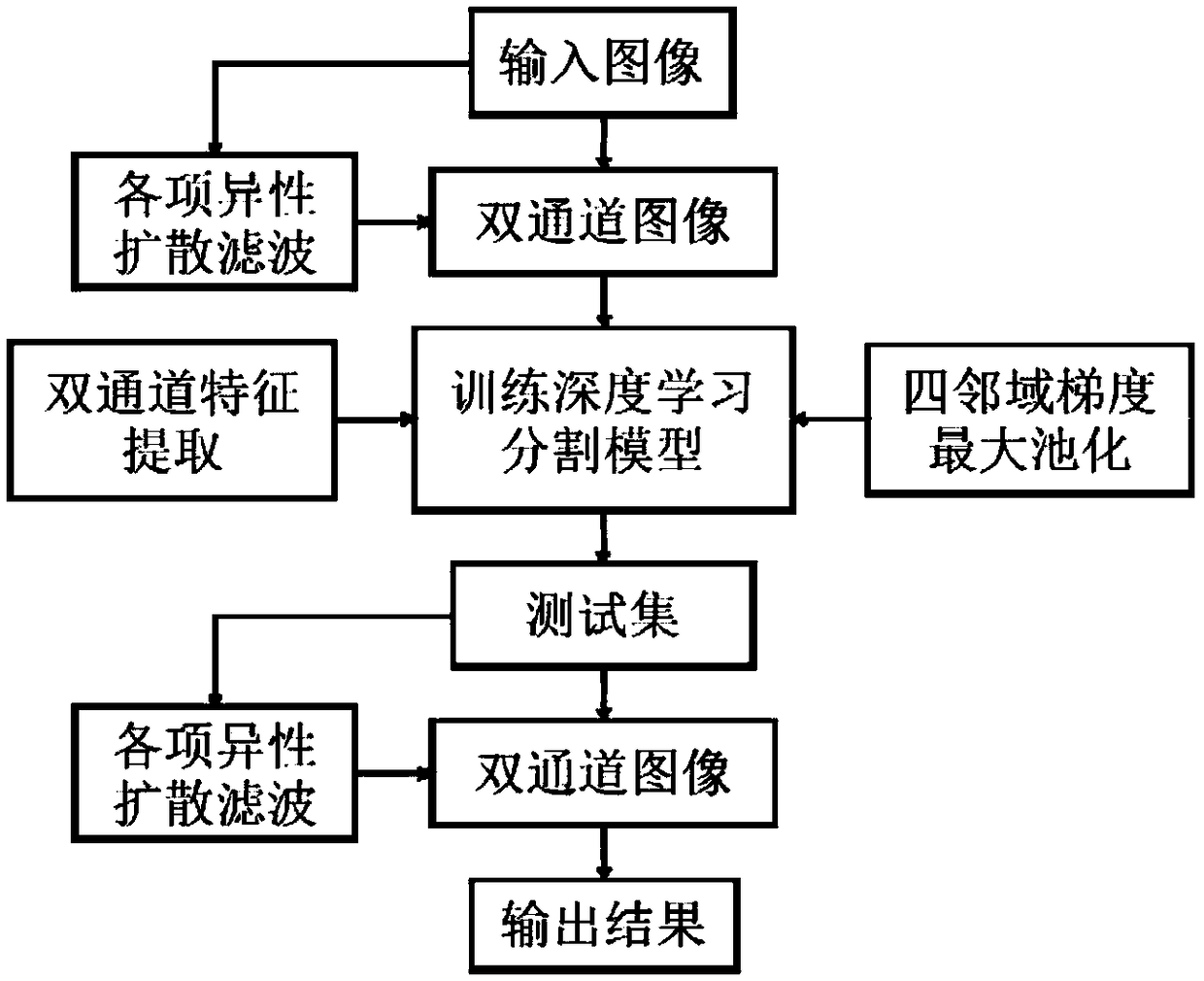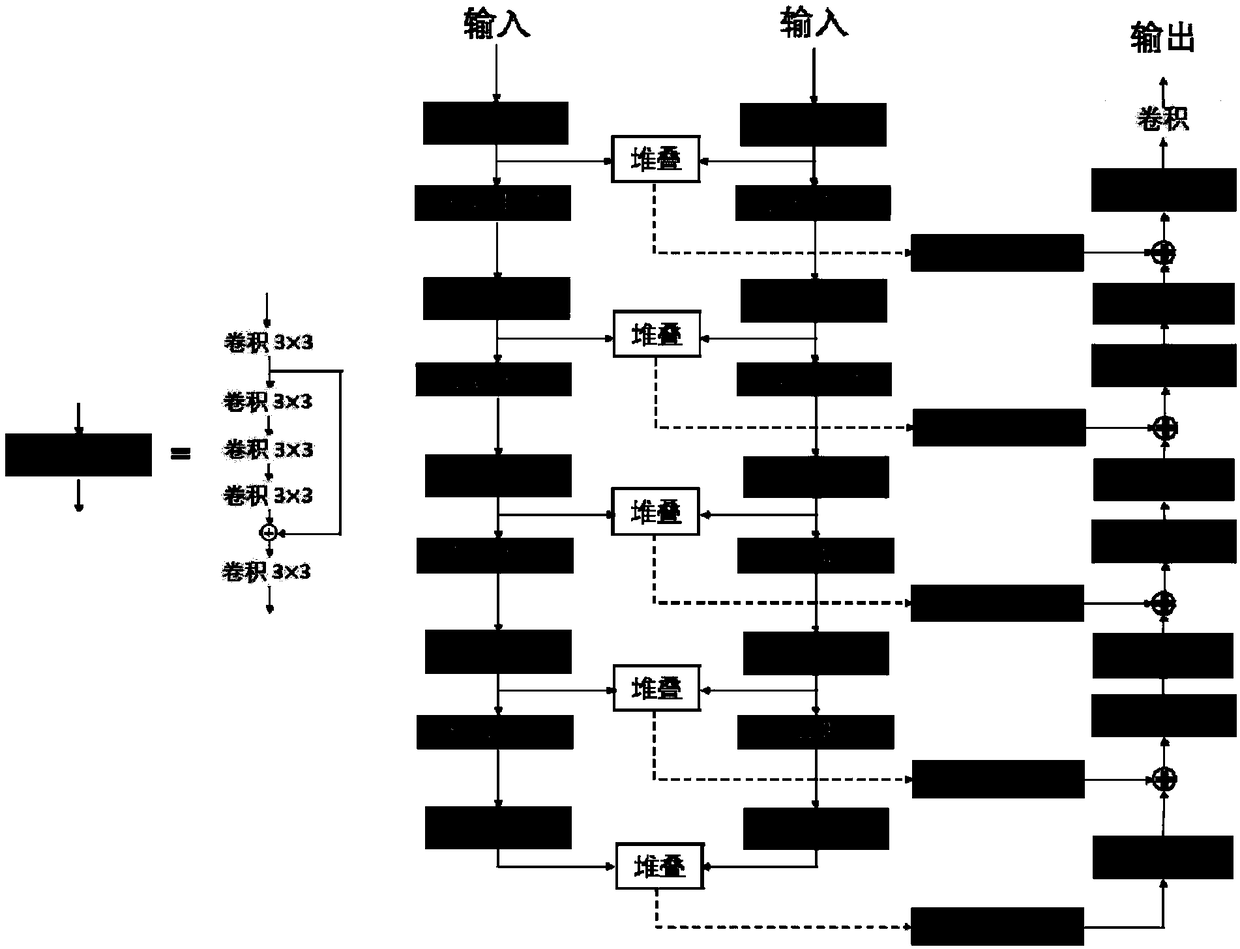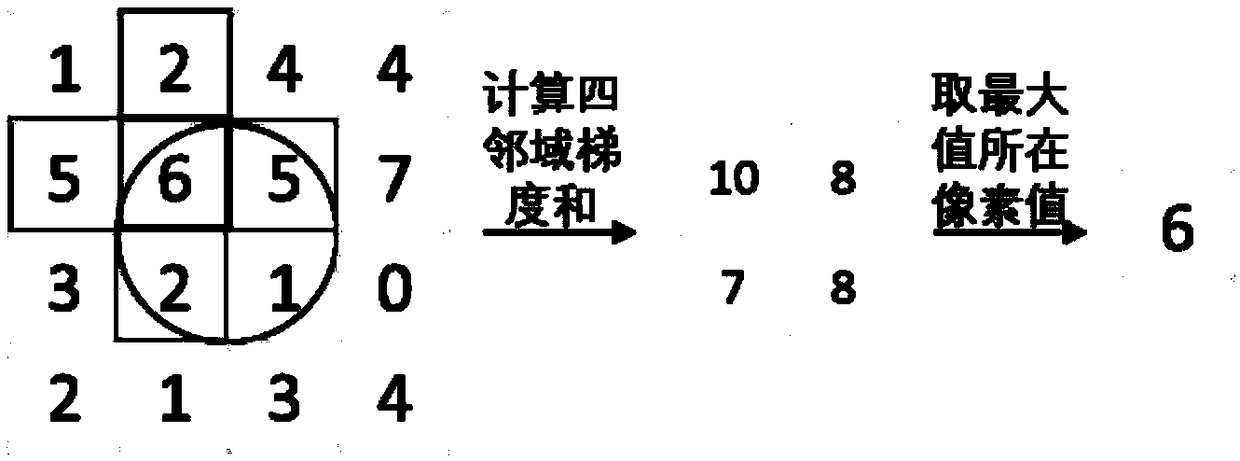An intima-media segmentation method for dual-channel intravascular ultrasound images
An ultrasound imaging, dual-channel technology, applied in the field of medical image processing, can solve the problems of the decrease in the segmentation accuracy of the medial intima region, the inability to meet the complex situation of intravascular ultrasound images, and the inability of the network to find the optimal solution, and to increase the amount of information. , the effect of suppressing ultrasonic speckle and improving segmentation efficiency
- Summary
- Abstract
- Description
- Claims
- Application Information
AI Technical Summary
Problems solved by technology
Method used
Image
Examples
Embodiment 1
[0045] The method for segmenting the intima of a blood vessel in a dual-channel intravascular ultrasound image provided in this embodiment includes the following steps:
[0046] Step 1: A total of 753 intravascular ultrasound images are collected, 600 of which are used as training set data, and 153 are used as independent test set; the image size is 512×512.
[0047] Step 2: The anisotropic diffusion filtering process is as follows:
[0048] For a grayscale image I(x,y) of size 512×512. According to the iteration formula as follows:
[0049]
[0050] where I t Represents the current pixel value of the image, t is 300, and λ is 0.1, both of which can control the smoothness of the image. The constant term k in the four-neighborhood diffusion coefficient is 15.
[0051] Step 3: As attached figure 1 In the flow chart shown, the dual-channel image data construction process is as follows:
[0052]After the original image A of 512×512 size is processed by anisotropic diffusi...
Embodiment 2
[0060] The method for segmenting the intima of a blood vessel in a dual-channel intravascular ultrasound image provided in this embodiment includes the following steps:
[0061] Step 1: Carry out polar coordinate transformation on the collected images, and transform the 512×512 images into 384×384 images.
[0062] Step 2: The anisotropic diffusion filtering process is as follows:
[0063] For a grayscale image I(x,y) of size 384×384. According to the iteration formula as follows:
[0064]
[0065] where I t Represents the current pixel value of the image, t is 100, and λ is 0.15. The constant term k in the four-neighborhood diffusion coefficient is 15.
[0066] Step 3: Construct dual-channel image data.
[0067] Step 4: Train the network parameters with the input image. The pooling layer uses neighborhood gradient max pooling.
[0068] Step Five: Attach Figure 5 Comparison of model test results showing polar imagery and manually delineated standards.
PUM
 Login to View More
Login to View More Abstract
Description
Claims
Application Information
 Login to View More
Login to View More - R&D Engineer
- R&D Manager
- IP Professional
- Industry Leading Data Capabilities
- Powerful AI technology
- Patent DNA Extraction
Browse by: Latest US Patents, China's latest patents, Technical Efficacy Thesaurus, Application Domain, Technology Topic, Popular Technical Reports.
© 2024 PatSnap. All rights reserved.Legal|Privacy policy|Modern Slavery Act Transparency Statement|Sitemap|About US| Contact US: help@patsnap.com










